The transformation of the eCommerce store to mCommerce store is not uncommon these days. It was observed that by the end of 2020, mCommerce would comprise almost 45% of the whole U.S. eCommerce market.
Following are some interesting statistics published recently by another agency:
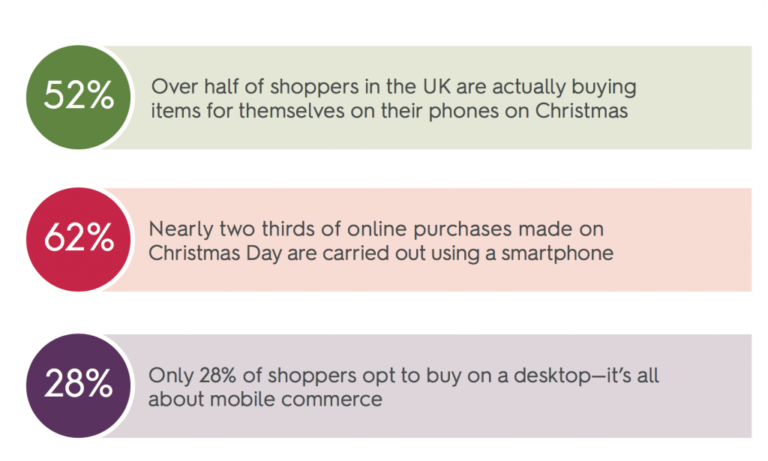
It is clear that in the coming future, more store owners will want to move from eCommerce to small smartphone screens through developing mobile apps for their online stores.
What is mCommerce?
M-commerce (mobile commerce) refers to purchasing goods online without a desktop device, usually through a smartphone. This is facilitated by the advances in mobile technology making it easier to enjoy hassle-free online shopping.
Checklist for mCommerce Store
Here’s a checklist to guide for you to go through just before launching your mCommerce store.
1. Focus on speed
A slow loading site immediately discourages its visitors and the same is the case of mCommerce stores. Conversion rates on mobile devices are on a boom and hence it is imperative that you improve site speed to win the mCommerce customers.
Moreover, Google rewards such fast loading sites with better SEO rankings.
2. Localization
Actually, mCommerce has its advantage in thinking local. The concept of ‘Buy online, pickup in-store (BOPIS)’ has made mCommerce revolutionary, as the stores can also satisfy the customers who want to buy from a seller with a local presence.
The clear evidence for this seen in the increasing results for ‘near me’ searches.
3. Ease of use
Ensure that the mobile version of the store is user-friendly before presenting it to the customers. The basic aim is to give a seamless user experience from navigation to check-out process at the end.
Stores with simple online store architecture will make the purchase cycle less complicated for the customers. It is ideal to keep all products within three clicks (or taps) from the homepage by restructuring and reviewing internal links.
By doing this check you can repair the broken and implement quick fixes before it crashes.
4. Create social-friendly Content
Additionally, when you upload content for your mobile app, ensure that images and text in the product description are shareable on all social networks. This helps you to tap the persuasive potential of social media for increasing sales on your website.
Social media marketing is a boon to all the new generation online businesses especially mCommerce stores. Hence, encourage the social media promotion of your content to boost the reach and thereby drive more sales.
5. Optimize images and content
Enhancing customers’ experience and search functionality are some of the fundamental areas that you need to concentrate on. Check out some of the SEO factors to check and ensure, to optimize your mCommerce store:
- A description with keyword-rich
- Title tags
- Content on the product page
- Include alt text for images
- Have an appropriate name for URLs and context purpose
- Have a smaller image file size for faster loading
6. App security
The safety of your store’s payment method is your obligation, and it is one of the key security concerns that worry the users. Securing your mobile app or mobile web page is safe to exchange critical information before you launch.
In spite of being the last process in the purchase cycle, the payment process in an online business can make or break a sale. Therefore, to ensure their security and earn their confidence, try choosing trusted payment gateways in the process.
Conclusion
If you can check all seven points intact and guarantee that they are taken care of, you are ready to launch your mCommerce store.
Already a WooCommerce store owner? Build a Mobile App to Win More Customers
Appmaker specialises in Quality and Performance guaranteed, E-Commerce Android/iOS Apps for E-Commerce Businesses. Get in touch
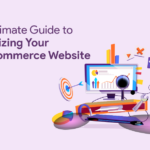
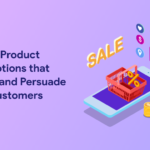


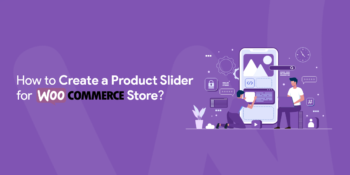
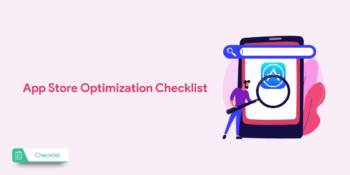


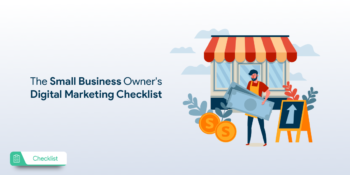

No Comments
Leave a comment Cancel